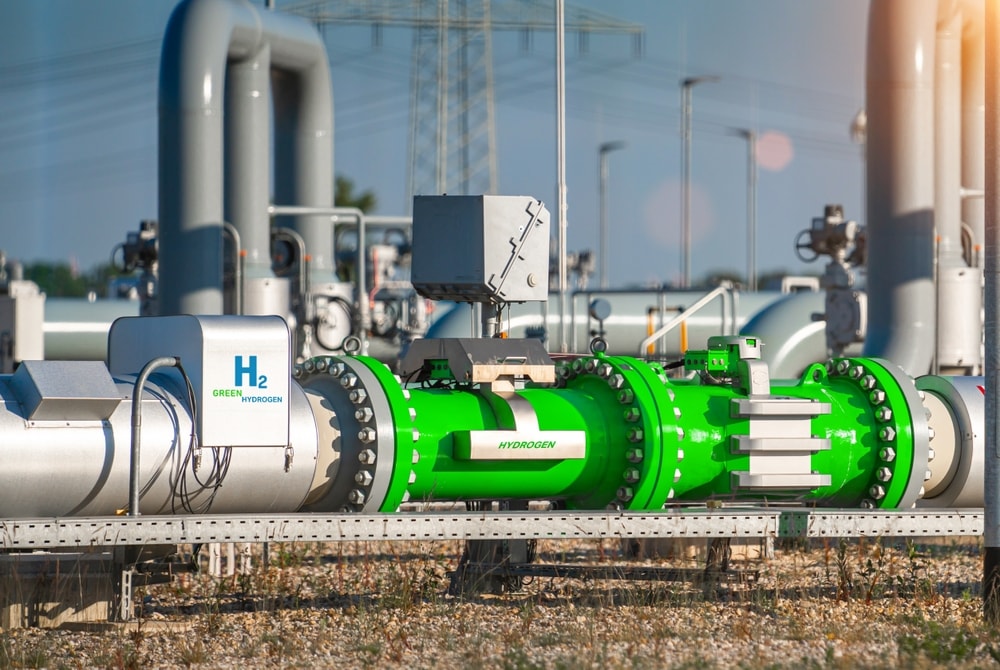
- Media releases
- Hydrogen Power
Statement regarding the Central Queensland Hydrogen Project (CQ-H2)
03 February 2025

The International Renewable Energy Agency (IRENA) estimate that 3% of the global energy demand is being met by hydrogen, similar to the annual energy consumption of Germany.
At the end of 2021, only 1% of hydrogen plants were producing renewable or ‘green' hydrogen – that is, the production was powered by a renewable energy source. Currently there is no way for consumers to know the difference between hydrogen produced with fossil fuels, or that which is produced with low carbon power sources, although a global certification project is underway to close this gap.
The Australian Government has set aside AU$2 billion to incentivise the production of renewable hydrogen in Australia (the Hydrogen Headstart program) and has been actively developing a Guarantee of Origin (GO) scheme to measure, track and verify carbon emissions and other attributes of clean energy products.
Stanwell is driving the development of Queensland's hydrogen industry, particularly through the flagship Central Queensland Hydrogen Project.
Renewable or green hydrogen is produced from water using renewable energy via a process called electrolysis.
Electrolysis involves a strong electrical current being passed through purified water. The electric current splits the water into its constituent elements, hydrogen and oxygen. Hydrogen can be used immediately, but it can also be stored in tanks for later use. It can also be converted to liquid form.
When hydrogen reacts with oxygen in the air, it generates heat energy which can power vehicles, ships and industrial facilities. It can also supplement the domestic natural gas supply and be fed through gas turbines to generate electricity.
Electrolysers – the devices that split water into hydrogen and oxygen – can ramp their production up and down to supplement the variable output of renewable energy sources like wind and solar.


03 February 2025

06 October 2024

12 September 2024
Receive news from Stanwell to your email every quarter and learn more about how we are transforming energy generation.